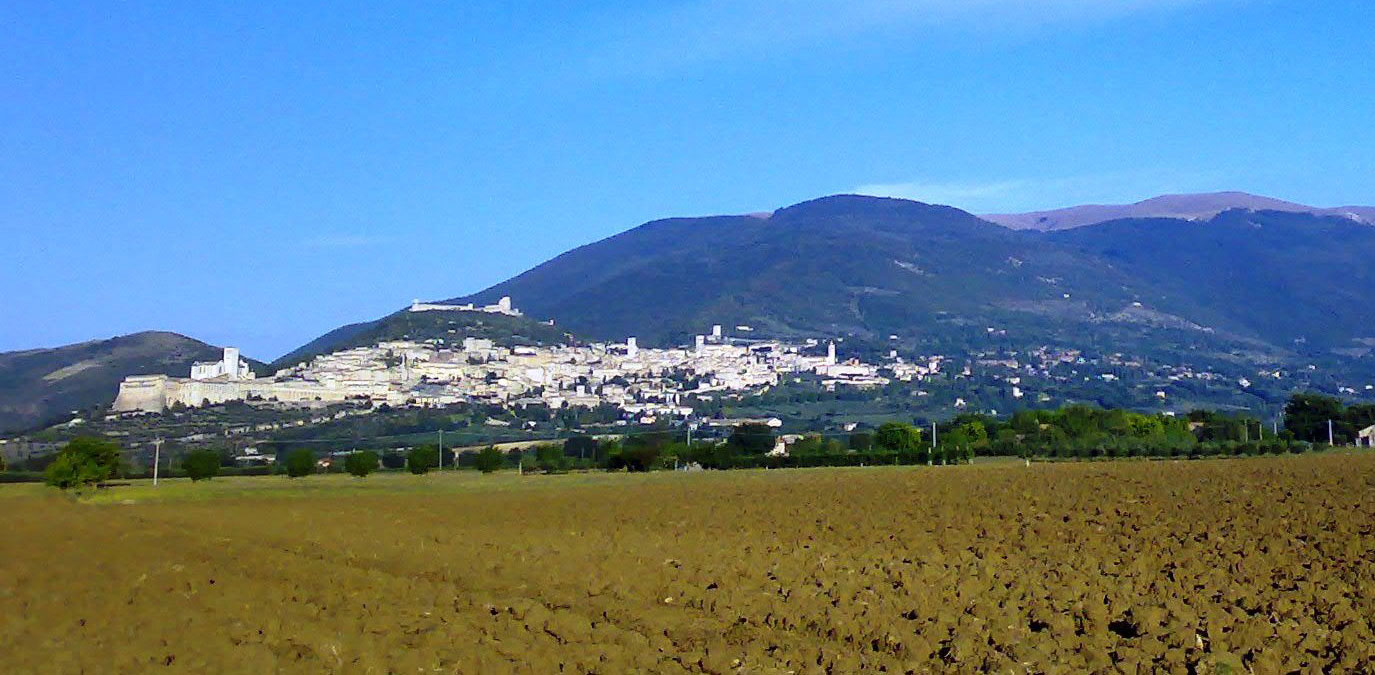Somehow in contrast to the Colfiorito plateau, the Monte Subasio massif from which the Mountain Community takes its name rises majestically from the plain of the Umbrian Valley. The mountain, divided and at the same time connected to the Colfiorito plateau by the Topino river basin, has the municipalities of Assisi, Spello, Foligno, Valtopina and Nocera Umbra united on its slopes.
The Mount of Assisi, as it was called in the Middle Ages, always represented a common property of the city where citizens exercised the right to graze and grow wood. The link with the city of Francesco, which has always distinguished it, has given the Monte a value, not only aesthetic, naturalistic and historical-cultural, but has imbued it with a sense of profound mysticism and spirituality where, even today, it is possible find an oasis of peace and tranquility. The first settlements on Subasio are traced back to the Umbrians even if they appear in writings only from the early Middle Ages. The name has sacred origins and this seems to derive from the god Sabasio, divinity of plant life in its most varied aspects then assimilated to Bacchus. In past centuries, Subasio was also, unlike today, widely surrounded by thick oak woods from which only the barren and rounded top emerged. Already from the early 1200s, Mount Assisi began to undergo the first deforestations for “the improvement of the land” and for grazing.
In 1223 the Municipality of Assisi forced the priors, who confiscated the funds collected for the concessions, to purchase 200 acorn clearings and 50 chestnuts to increase the forestry heritage. After this period, the “Collective Property of Monte Subasio” was established which continued its activity until 1926 and which constitutes one of the first examples, on site, of “public management of the Monte”. Also in the Middle Ages, the use of Assisi stone with white-pink shades began and was used for the construction of churches and basilicas as well as for the major palaces of the city, resulting in the opening of large quarries which still appear today along the slopes of the mountain. . From the concern for a rational use of the forest in relation to users, after 1450 we moved on to an attempt at strict protection of the forest which started from the holm oak forest of the Eremo delle Carceri as evidenced by the Statute of 1469 where we read:
” Quod silva comrnunis quae est circumcirca ipsum Carcerem non vendatur nec incidatur per comune Asisii nec possir pasturan “
The work of the Benedictines and other religious orders is responsible for the conservation of wooded areas of significant naturalistic interest. In this sense: the Monastery of San Benedetto, the Hermitage of San Vitale, the Monastery of Sant’Angelo di Panzo, the Hermitage of the Carceri. Towards the end of the 16th century. the condition of the Subasio woods is worsening due to the continuous clearing carried out in the area to extend cultivations. The lack of woods favors the degradation of the area which, due to the washing away of the land no longer hindered by the trees previously present, causes the loss of the fertile layer and so much material as to make the very mills present along the streams on the slopes of the mountain inefficient.
After 1600, the numerous limitations placed on the cutting of forests prevented the total impoverishment of the forest heritage, which however suffered a very severe blow after 1800 when Cardinal Consalvi encouraged the transformation of coppiced woods into olive groves. The tall forest is also undergoing a drastic reduction due to the exploitation of the forests used for the construction of boats. At the beginning of the 1900s, Subasio was in the greatest state of degradation, so much so that restrictions were placed on it.
Since 1931, to try to remedy the unhealthy policy of exploitation that had transformed the old Assisi forest of holm oaks, beech and oak trees into a barren landscape, the entire area, passing from the ownership of the Sanctuary of San Francesco to the management of the company of State for state forests, was the subject of strong conifer reforestation up to an altitude of 1000 metres.
After 1977, following the administrative decentralization of state property, for approx. 3,500 ha. it was transferred to the Region of Umbria which, in turn in 1979, delegated management to the Mountain Community.
Ruggero Guerrieri

